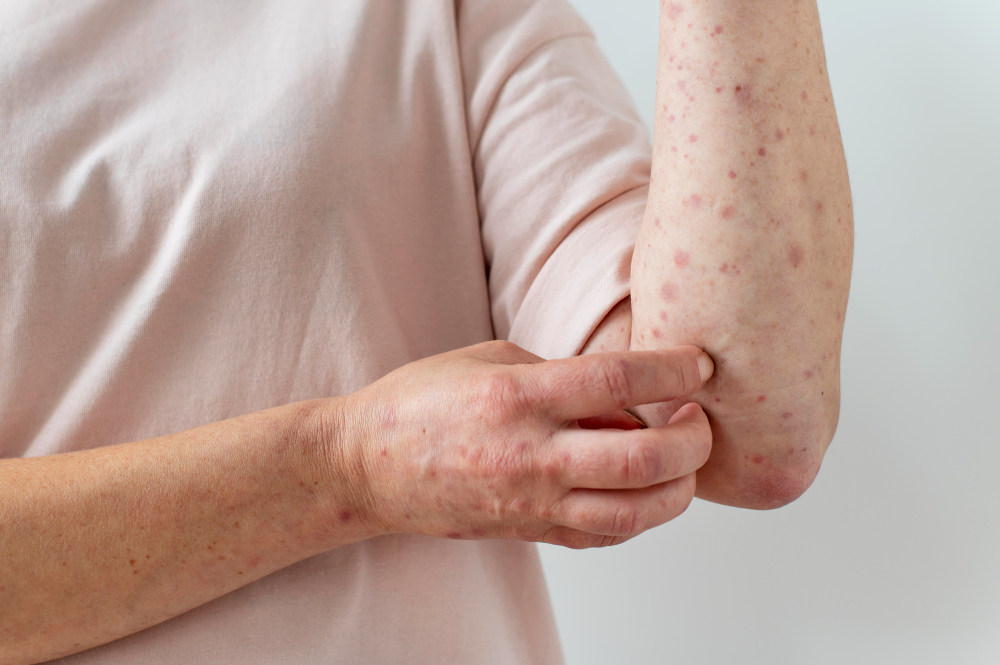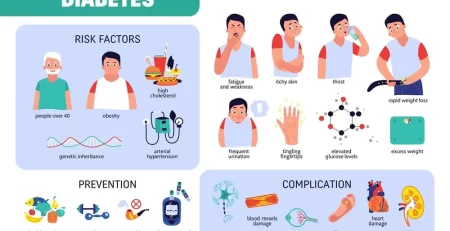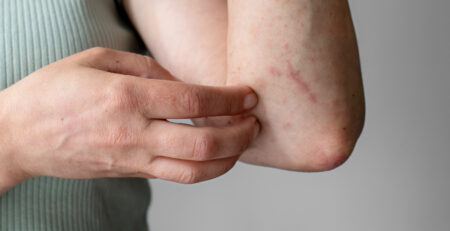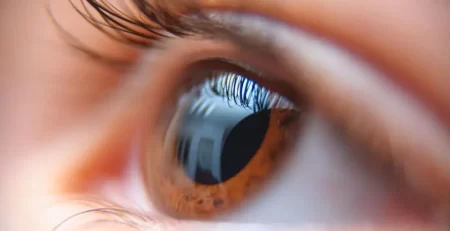Actinic Keratosis
What is actinic keratosis?
As you age, rough, scaly spots may start to show up on your hands, arms, or face. Actinic keratoses is the name for these spots, but most people call them sunspots or liver spots or age spots.
Actinic keratoses usually happen in places where the sun has hurt the skin for a long time. Actinic keratosis (AK), a common skin condition, causes them to grow.
AK happens when skin cells called keratinocytes start to grow in an abnormal way, making spots that are rough and a different colour. These colours can be used for the skin patches:
- brown
- tan
- gray
- pink
Most of the time, they show up on the parts of the body that get the most sun, such as:
- hands
- arms
- face
- scalp
- neck
Actinic keratoses themselves are not cancerous. But they can turn into squamous cell carcinoma (SCC), which is unlikely.
Up to 10 percent of actinic keratoses can turn into SCC if they are not taken care of. The second most common kind of skin cancer is SCC. Because of this risk, you should have your doctor or a dermatologist check on the spots often.Here are some pictures of SCC and what changes to look out for.
What causes actinic keratosis?
AK is mostly caused by being in the sun for a long time. If you do any of the following, you are more likely to get this disease:
- are over age 60
- have light-colored skin and blue eyes
- have a tendency to sunburn easily
- have a history of sunburns earlier in life
- have been frequently exposed to the sun over your lifetime
- have human papilloma virus (HPV)
What are the symptoms of actinic keratosis?
Actinic keratoses begin as thick, crusty, scaly patches of skin. Most of the time, these patches are about the size of a small eraser. The affected area might itch or burn.
Lesions can go away, get bigger, stay the same, or turn into SCC over time. There’s no way to know which sores might turn into cancer. But you should see a doctor right away if you see any of the following changes in your spots:
- hardening of the lesion
- inflammation
- rapid enlargement
- bleeding
- redness
- ulceration
Don’t get scared if there are signs of cancer. In its early stages, SCC is pretty easy to spot and treat.
How is actinic keratosis diagnosed?
Your doctor might be able to figure out that you have AK just by looking at you. They might do a skin biopsy on any suspicious-looking sores. The only sure way to know if lesions have turned into SCC is to get a skin biopsy.
How is actinic keratosis treated?
AK can be dealt with in these ways:
Excision
Excision is the process of removing a skin lesion by cutting it out. If your doctor thinks the spot could be skin cancer, he or she may take out some of the extra skin around or under it. Depending on how big the cut is, you may or may not need stitches.
Cauterization
In cauterization, an electric current is used to burn the wound. This kills the skin cells that are hurt.
Cryotherapy
Cryotherapy, also called cryosurgery is a type of treatment in which a cryosurgery solution, like liquid nitrogen, is sprayed on the lesion. When the cells touch this, they freeze and die. After the procedure, the growth will get a scab and fall off in a few days.
Topical medical therapy
Some topical treatments, like 5-fluorouracil (Carac, Efudex, Fluoroplex, and Tolak), make the lesions swell up and break down. Imidac (Aldara, Zyclara) and ingenol mebutate are two other topical treatments (Picato).
Phototherapy
During phototherapy, a solution is put on the lesion and the skin that is affected. The area is then hit with a strong beam of laser light that kills the cells. In phototherapy, prescription drugs like aminolevulinic acid (Levulan Kerastick) and methyl aminolevulinate cream are often used as solutions (Metvix).
How can you prevent actinic keratosis?
The best way to avoid AK is to spend less time in the sun. This will also make it less likely that you will get skin cancer. Don’t forget to do these things:
- When the sun is out, wear hats and shirts with long sleeves.
- Don’t go outside in the middle of the day, when the sun is at its brightest.
- Avoid tanning beds.
- Use sunscreen every time you go outside. Use a sunscreen that has a sun protection factor (SPF) of at least 30. Both ultraviolet A (UVA) and ultraviolet B (UVB) light should be blocked.
Also, it’s a good idea to check your skin often. Look for new skin growths or any changes in the ones you already have:
- bumps
- birthmarks
- moles
- freckles
Check for new growths or changes in the skin in these places:
- face
- neck
- ears
- the tops and undersides of your arms and hands
If you see any spots on your skin that worry you, you should see your doctor as soon as possible. If you don’t have a dermatologist yet, you can look through doctors in your area on the Healthline FindCare tool.












Leave a Reply